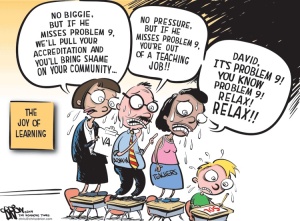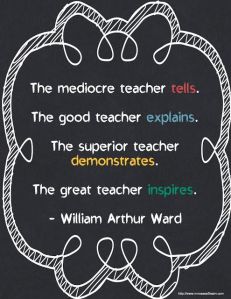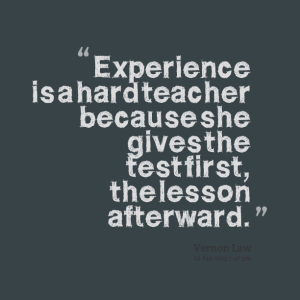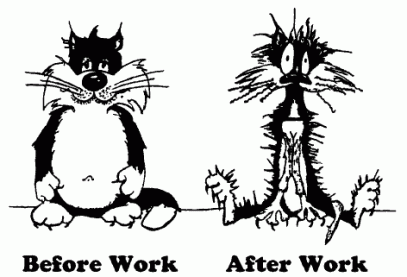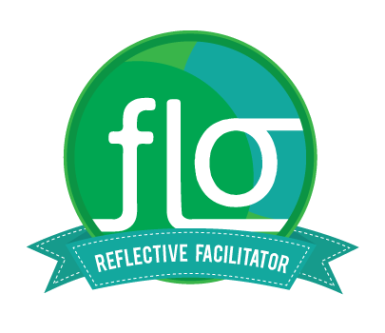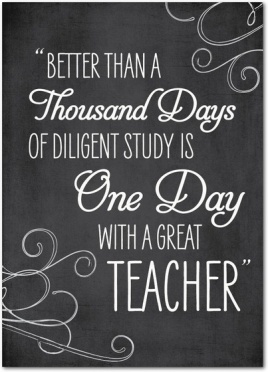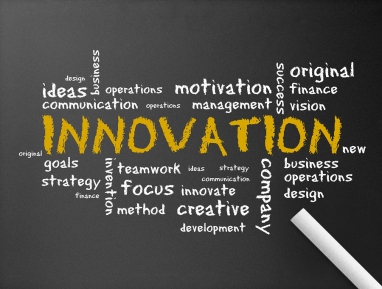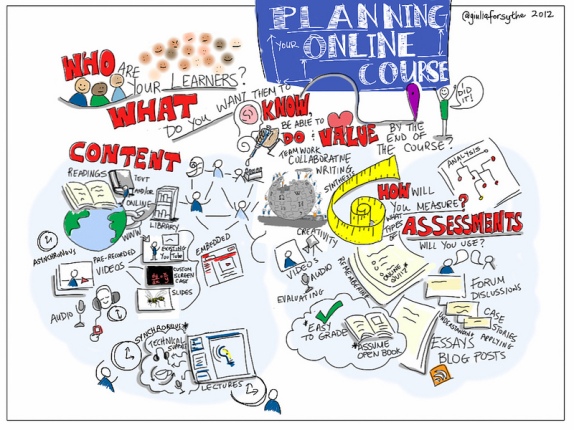
I have completed the Provincial Instructor Diploma Program!
I would like to thank the dedicated faculty in the School of Instructor Education at VCC for their continued support and inspiration!
Instead of a new entry, I’m sharing an older entry that is worth re-reading:
“There needs to be a consistent message that teaching is valued.” (Bowen, 2012, p.248)
This quote conveys the paradigm shift that is occurring in higher education, the desire to move forward with innovative teaching strategies that foster intrinsic motivation, active learning and student engagement (Barkley, 2010). “The real product is learning” (Bowen, 2012, p.259) as opposed to content delivery and if higher education is to survive, it must encourage faculty to leap into this innovative realm and create a product that delivers, aligns with institutional learning outcomes and encourages lifelong learning. As a result, faculty whose primary concern is to focus on student-centered approaches that promote visible learning, need to feel encouraged, supported and valued. To promote a large-scale change there needs to be new infrastructure: new initiatives, encouragement, support systems and modeling (Bowen, 2012). Accountability to high standards of teaching is just as important as high standards in research, thus, if faculty fail to acknowledge the technological advances, critical thinking skills and meta- cognitive implications and remain attached to outdated behavioristic content delivery methods, new infrastructure is beyond essential. Institutions need to demonstrate that teaching is valued, that risk is supported and failure is tolerated. Faculty should be encouraged to experiment with innovative instructional strategies, curriculum design, hybrid courses and alternate means of assessments. Researching your practice through the use of guided written reflections, is an excellent means of gaining insight into the reality of the teaching quality and impact and in establishing a caring connection between educator and student.
The immediate reaction to this quote is “Hallelujah!!”. I have been involved as a research assistant in the research project on the impact of Review & Reflect journals as a strategy to establish trust, increase communication and gain insight into ones teaching practices and their efficacy. Educator self-assessment and student evaluations can be significantly different, and it is important to occasionally adopt a learner perspective. The only impediment is the reluctance of institutions to adapt to the research findings and dismiss a manner of teaching that has been prevalent for decades. Educators that value current research findings in the improvement of their teaching along with technological advances, should be encouraged, supported and frankly even rewarded, as they are the cornerstone of institutional evolution, and only those institutions that adapt, restructure and innovate will remain in the ever changing landscape of higher education.
Over 800 meta-analyses have been investigated by John Hattie, and all the research indicates that teacher-student relationships, meta-cognitive strategies and self-assessments are the top three factors with the greatest impact on student achievement (Hattie, 2009). Why is it then, that so few faculty use instructional strategies, curriculum design and technological enhancements to promote student success? Could it be perhaps that the same educators were not supported, encouraged or perhaps even criticized when taking the leap into innovation with the ultimate goal to improve their teaching? What professional development methods are in place to ensure that adaptation, restructure and innovation is valued? What reward system is in place for faculty that take risks and what tolerance level is there for failure? Are there workshops to introduce facilitation methods in online learning, examine learning management systems and keep up to date with the most innovative research in teaching and learning? Intrinsic motivation is just as important for faculty as it is for students, thus what real expectancy do institutions enforce if they do not provide the necessary support for their faculty to pursue better teaching practices? The power load formula by McClusky, refers to motivation as an equation, where desire, physical health, support and stability refer to power, and form a relationship with load, which refers to commitments, work responsibilities and goals (Merriam & Bierema, 2014). This formula has implications for educators, those that want to improve their teaching practices are constrained by accountability if a proper support system that tolerates failure is not in place. Educators also value autonomy, mastery and purpose, thus, constricting their innovative practices drastically reduces their motivation for meaningful learning outcomes, progression and evolution (Bowen, 2012). Naked teaching is a very good text that emphasizes the potential loss if improved learning is not an ultimate institutional goal.
As a result, how does one commence in the progress of being transparent in regard to the importance of valuing teaching. The road to success may be a slow and difficult one, yet it must start with the desire to focus on student-centered teaching. Educational materials such as textbooks can be purchased by the institution and made available at little to no cost to educators, in addition to technologies such as tablets or a personal laptop (Bowen, 2012). Furthermore, educational resources such as scholarly articles, podcasts, digital presentations and videos that highlight some of the most valuable instructional strategies should also be readily available and their use rewarded via simple systems such as badges, certificates or even a mere appreciative lunch. Collaborative workshops, conferences and other experiences should also be encouraged by the institution, and technological advances should allow for more interactions via web-conferencing and other platforms. One new platform I was recently made aware of was Blackboard collaborate, and upon using it, I was very pleased with it. Other tools such as GoogleDocs, which again, I was recently introduced to, allowed me to comprehend the potential for collaborative interdisciplinary learning for faculty all in the aim to enhance their current practices and adapt to better meet the diverse needs of their students. The research, the tools, the redesigns are all “means to an end” (Bowen, 2012, p.266), yet the ultimate goal is to foster improved and more meaningful student-educator interactions and occasionally you “have to learn by doing” (Bowen, 2012, p.273). This allows the opportunity to model the desire for change, the learning that occurs as a result of failure and the need for lifelong adaptation and research. The educators that value their students and seek to improve their teaching should be appreciated, recognized, encouraged and within time, the institution that makes student learning a goal and a priority, will use the appropriate techniques to convey that to faculty and offer them support in moving forward.
